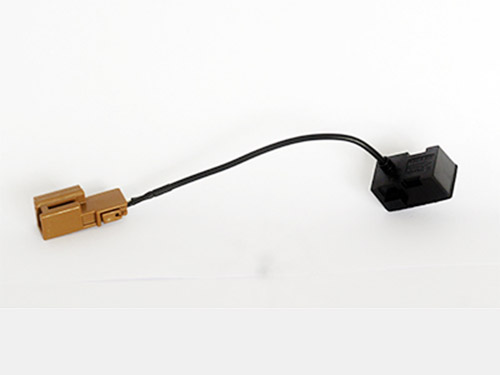Welcome to Dongguan Huaze Electronic Technology Co., Ltd. official website
- +86-769-87900688
- Chinese
WeChat

Welcome to Dongguan Huaze Electronic Technology Co., Ltd. official website


At present, the industry's best in-car active noise reduction system, its maximum operating frequency can only reach about 200 to 240 Hz (the active noise reduction frequency of some systems can reach 700 or even 1000 Hz), the environmental noise mentioned above Almost not in this range. Generally speaking, the frequency of sound waves is above 200 Hz, and police cars and horns are even higher. This starts with the principle of active noise reduction. To put it simply, the principle of active noise reduction is to measure the wave pattern of the ambient noise entering the receiver’s ears. Through calculation, the active sound source is used to generate a sound wave with the same amplitude but opposite phase in the receiver’s ear, thereby synthesizing sound waves. The amplitude is reduced to achieve the purpose of noise reduction. This is an ideal situation, and it is almost impossible to achieve in reality, because each of the above steps (measurement, calculation, broadcast) will produce errors. For example, taking a car as an example, how to accurately measure the noise waveform entering the driver’s ears? The current solution is to place the microphone in the ceiling or headrest. It’s better to put it on the headrest. If it’s on the ceiling, how does the control system know the distance between the microphone and the driver’s ears (the same goes for the headrest)? If the exact distance is not known, how can the noise measured by the microphone reflect the real noise heard by the driver? In the calculation process, the frequency of the sound wave must be analyzed first, and then the sound wave of the same amplitude and opposite phase is generated. How to achieve this in a very short time? Taking into account the current computer speed and cost, the system calculation speed is difficult to increase in a short period of time. In the broadcast link, how can the target place (ear) accurately receive the generated waveform? The distance from the active sound source to the target ground is also required.

What's more, the space inside the car is large, and there are more than one active sound sources, which interfere with each other. In summary, at present, active noise reduction in the car can only reduce low-frequency noise, because
1. The low-frequency noise has a long wavelength, the sound wave wavelength of 200 Hz is about 1.7 meters, and the influence of the distance error in the measurement and broadcasting links is small;
2, can withstand a certain time of calculation delay;
3. The cost will not be too high. The range of active noise reduction in the car is also limited, and the noise reduction effect in its working frequency range is about 3 to 10 decibels. However, there are cases where certain frequencies are slightly enhanced. What are the low-frequency noises in the car? Mainly part of engine noise, road noise and part of wind noise. Why can noise-canceling headphones eliminate noise better?
Because 1. The microphone of the noise-canceling headphones is placed on the outside of the headphones, which can measure the noise entering the ears more accurately. There is no need to consider the distance when broadcasting, so that the working frequency can be higher.
2, the earphone has a good passive noise reduction, that is to cover your ears, high-frequency noise is also partially eliminated. Even without active noise reduction, the passive noise reduction effect of some large headphones can reach 13 to 15 decibels. All decibels mentioned here are A-weighted decibels.
+86-769-87900688
Address:Building B, No. 6, Xingyuan Road, Yuquan Industrial Zone, Fenggang Town, Dongguan City


Mobile station
No public
Applets